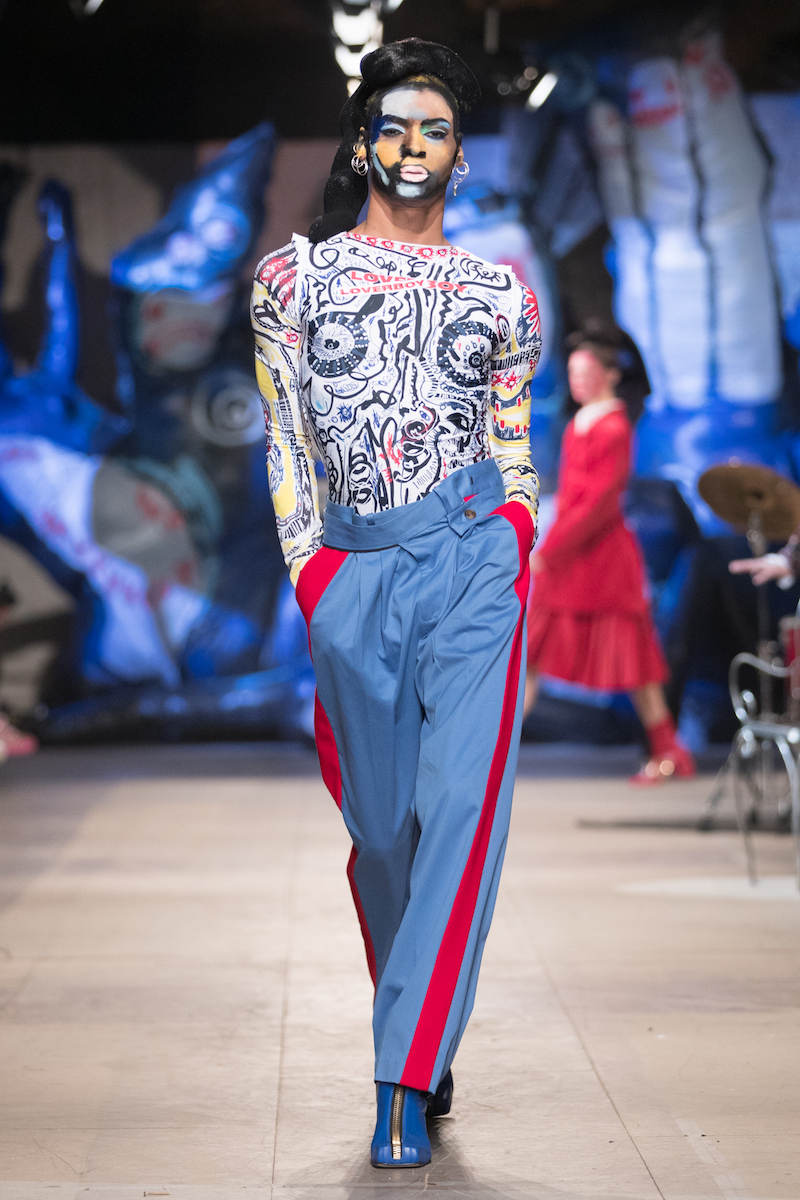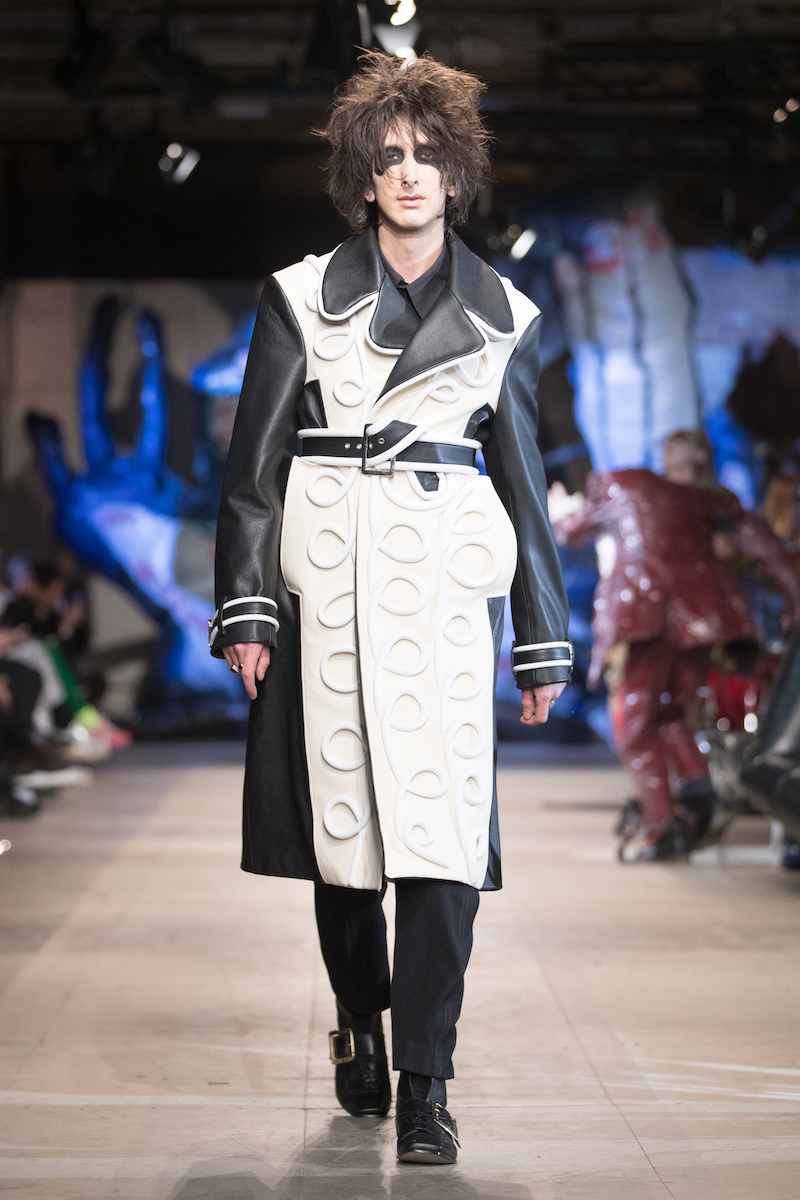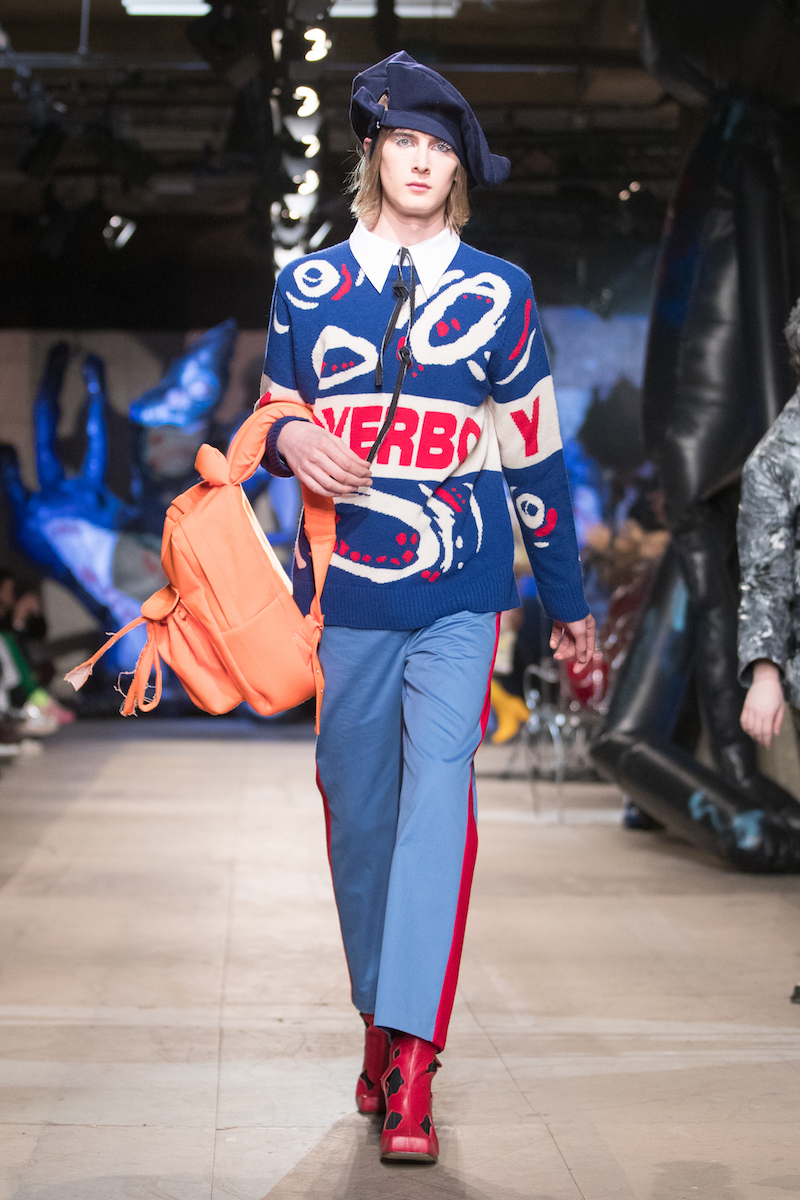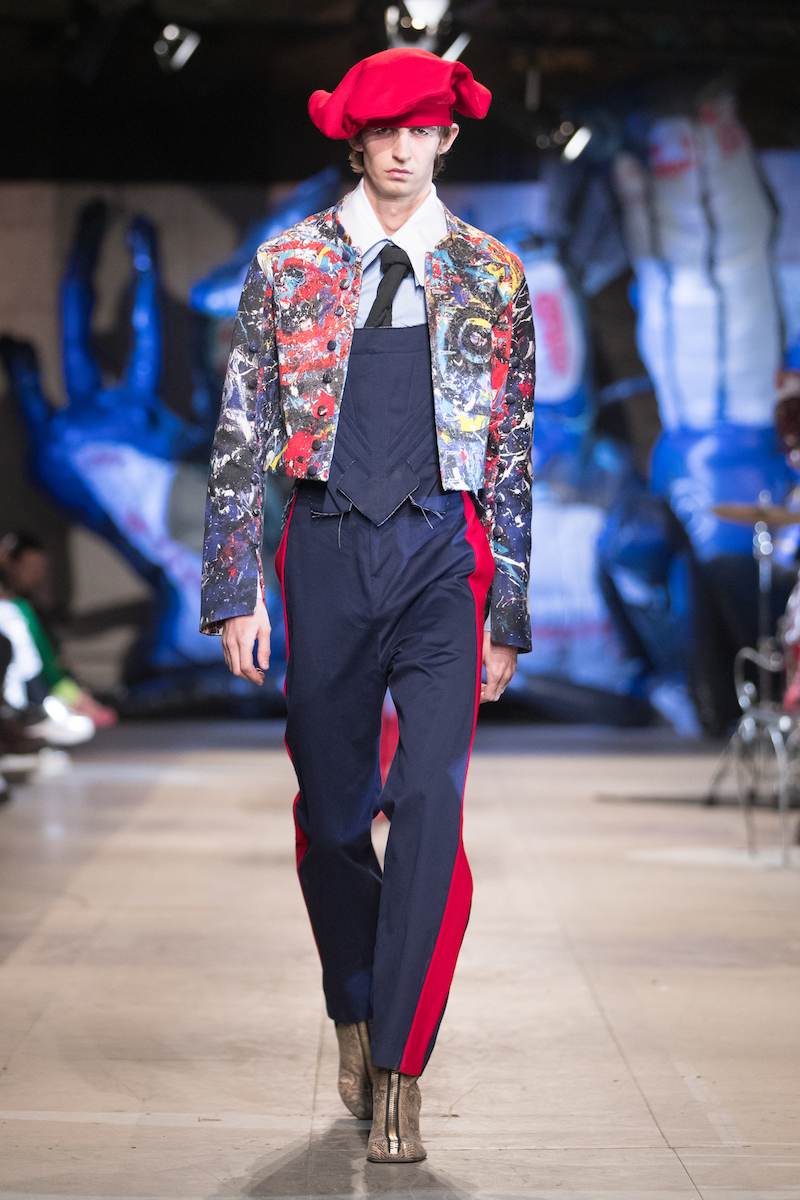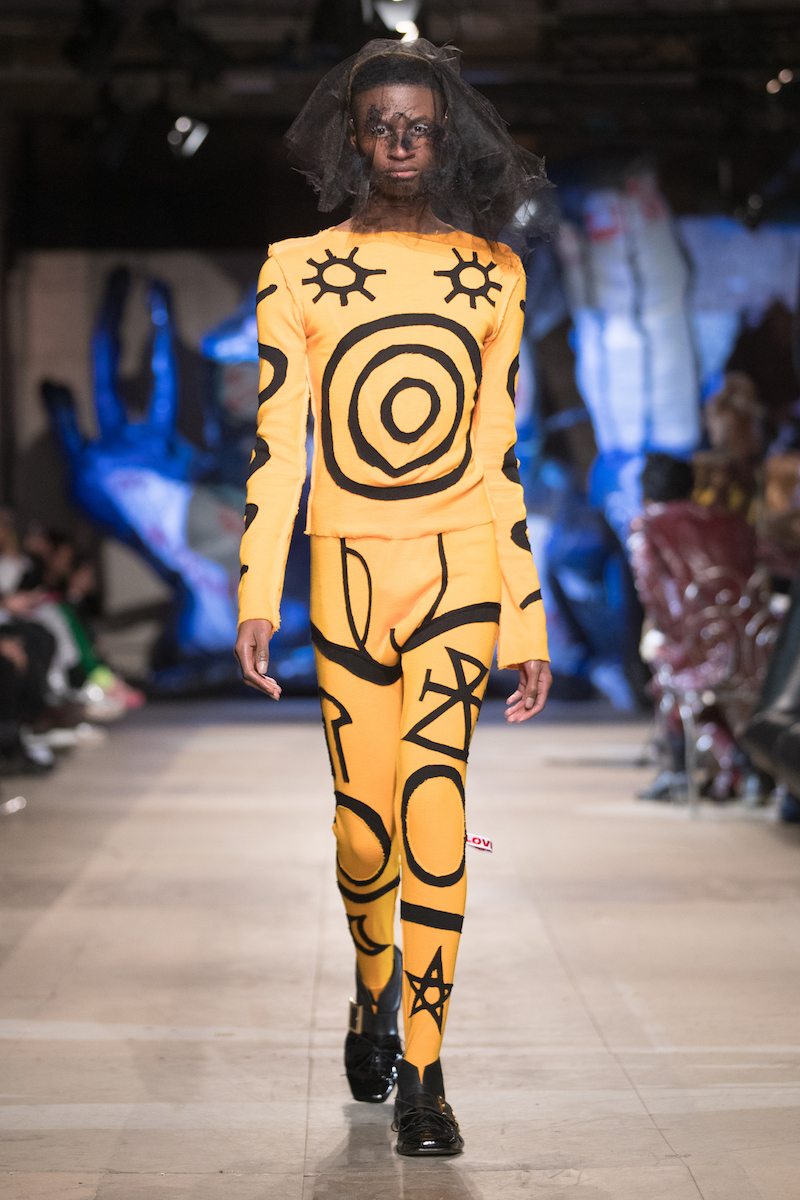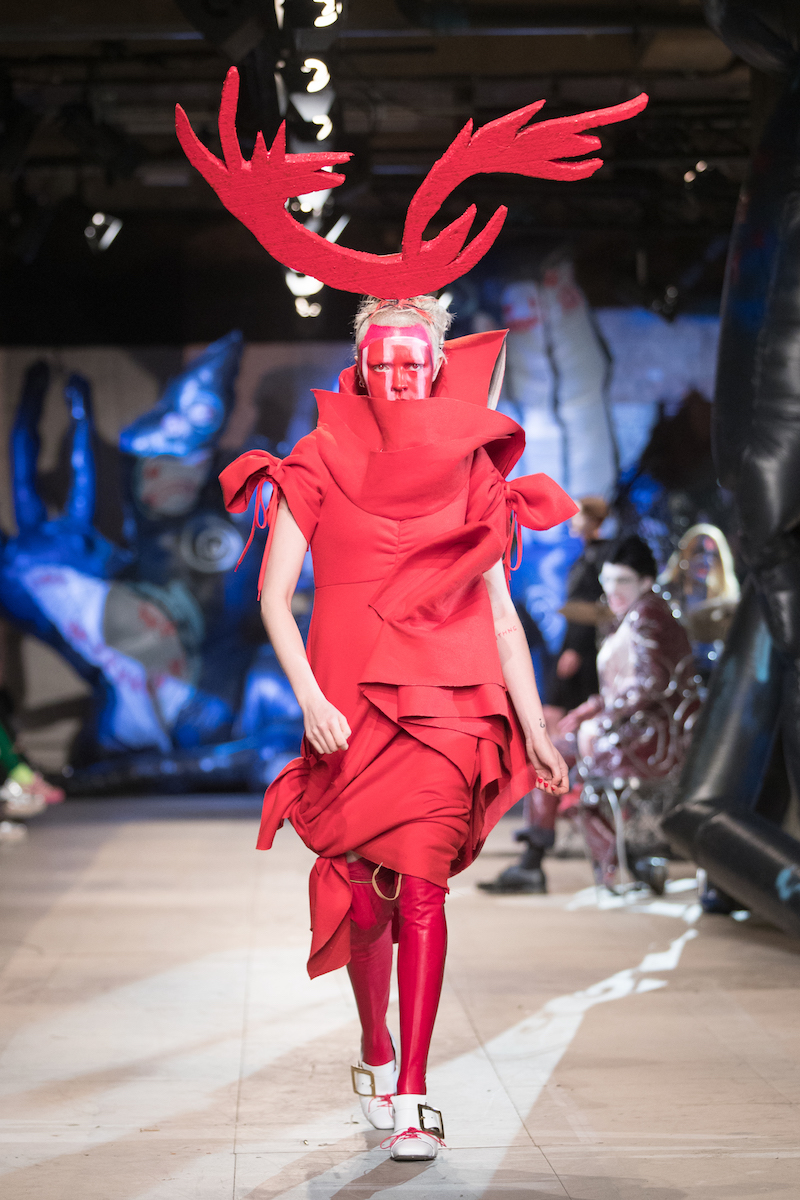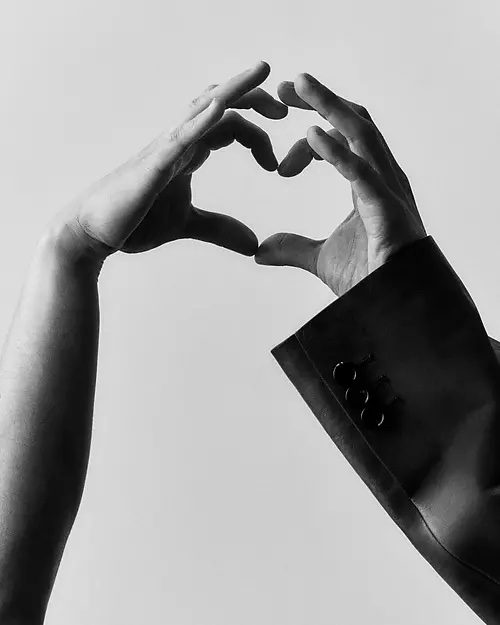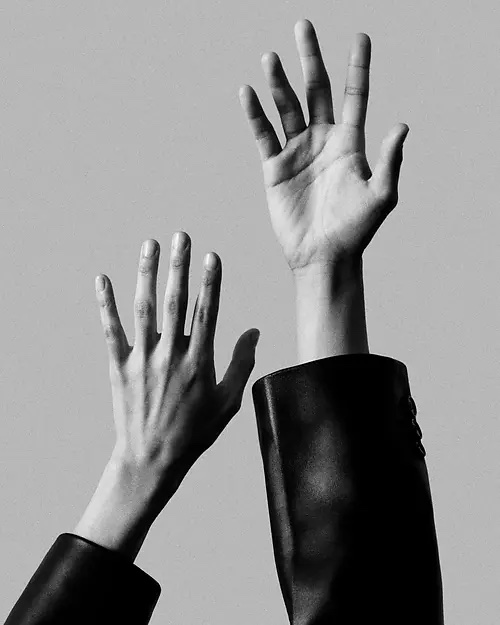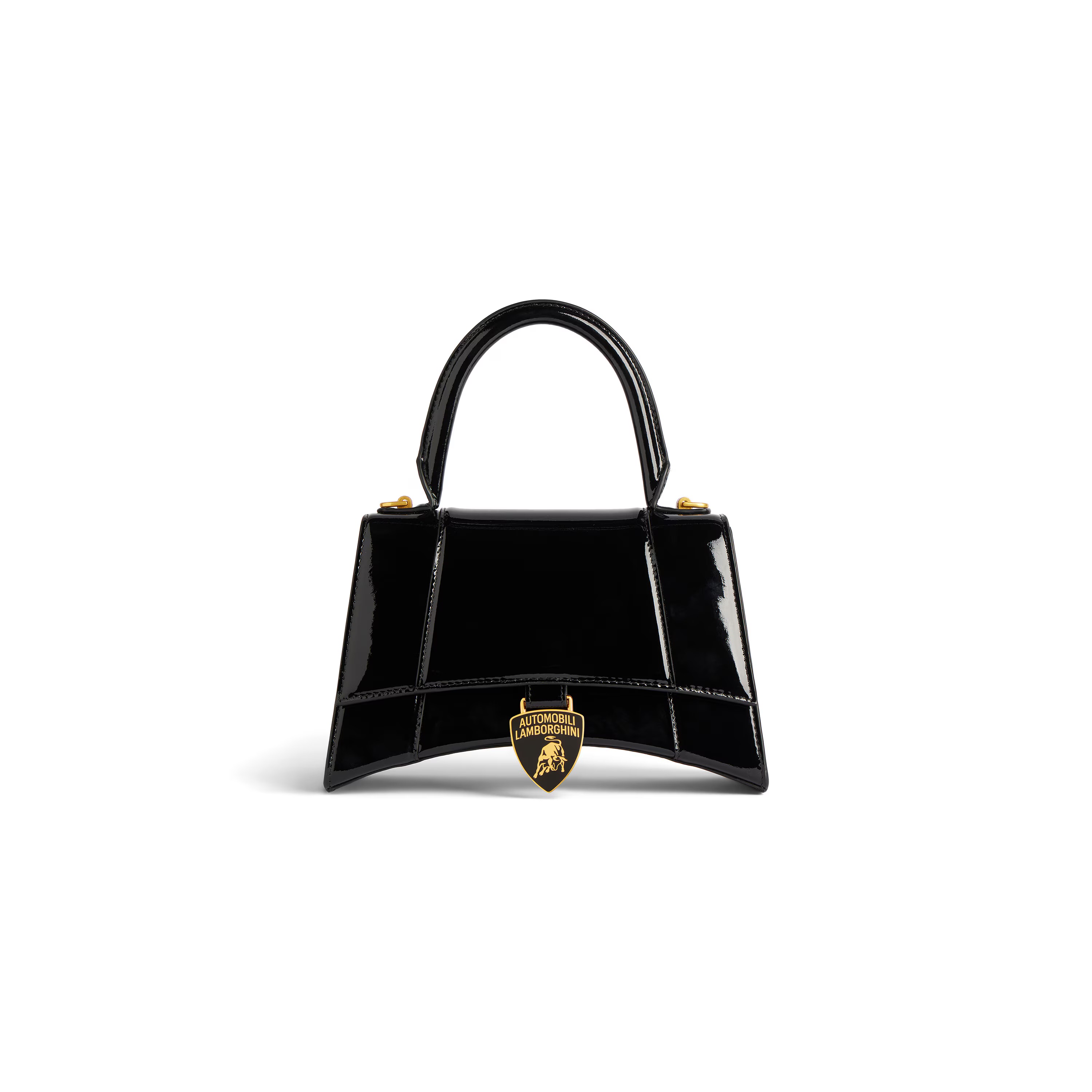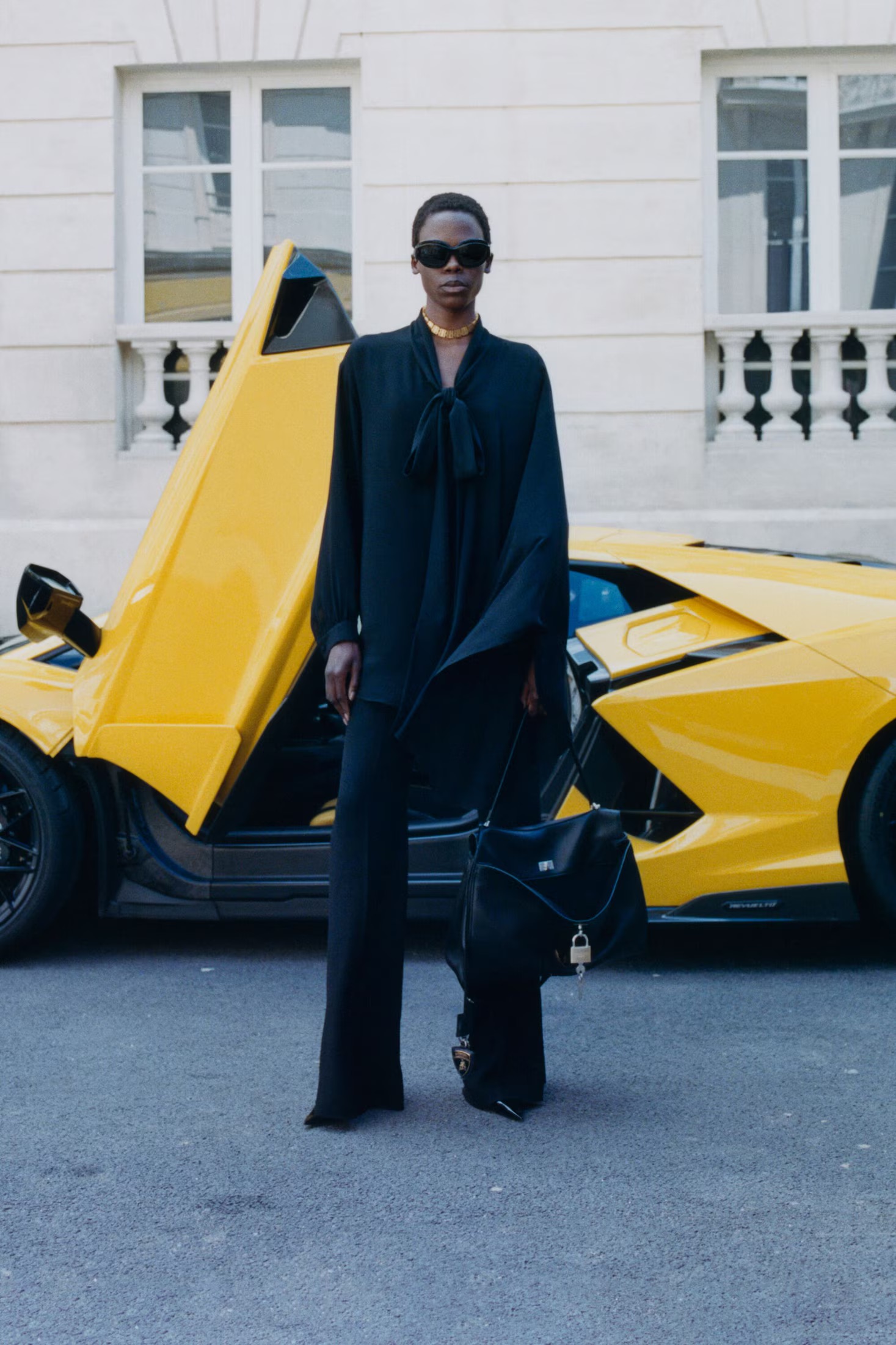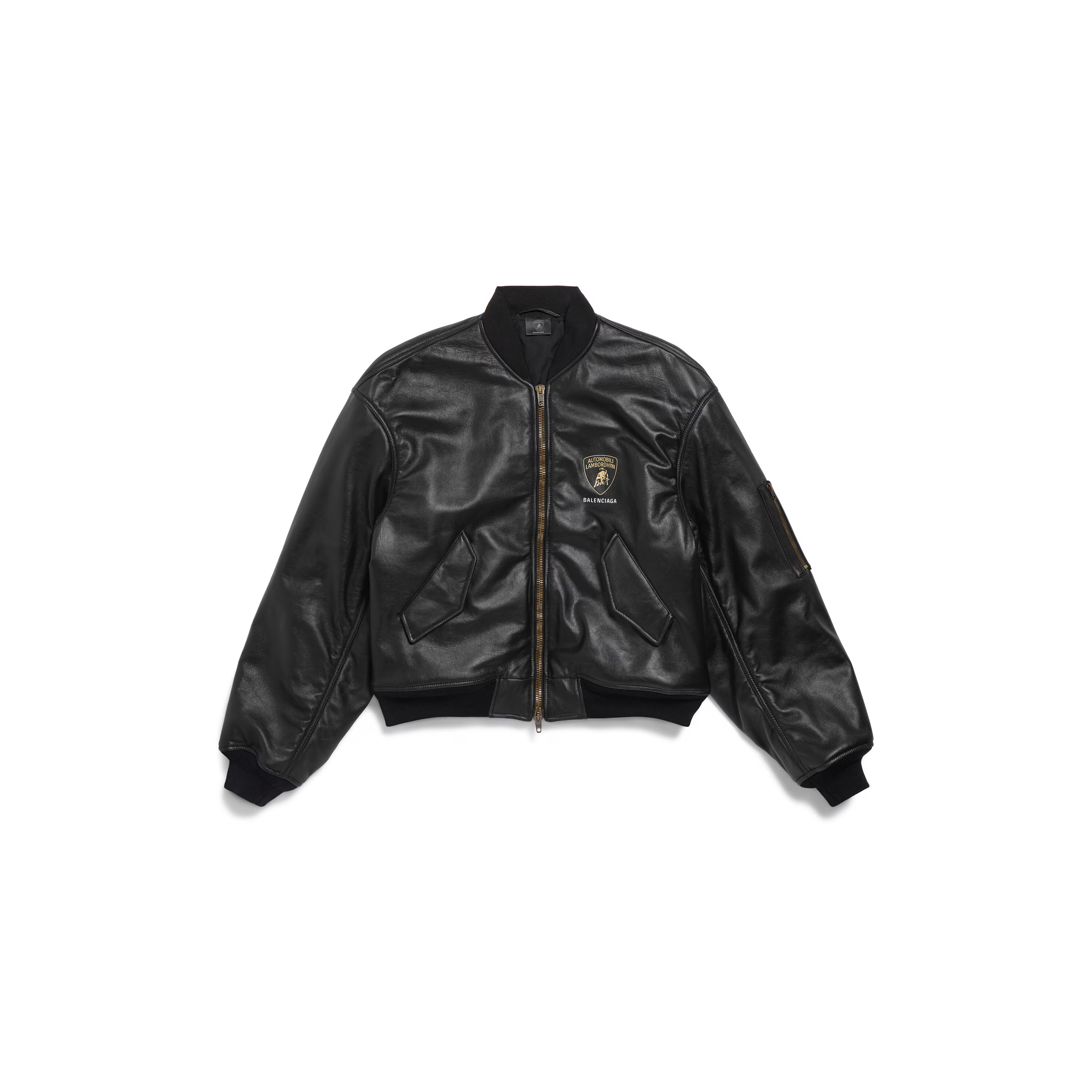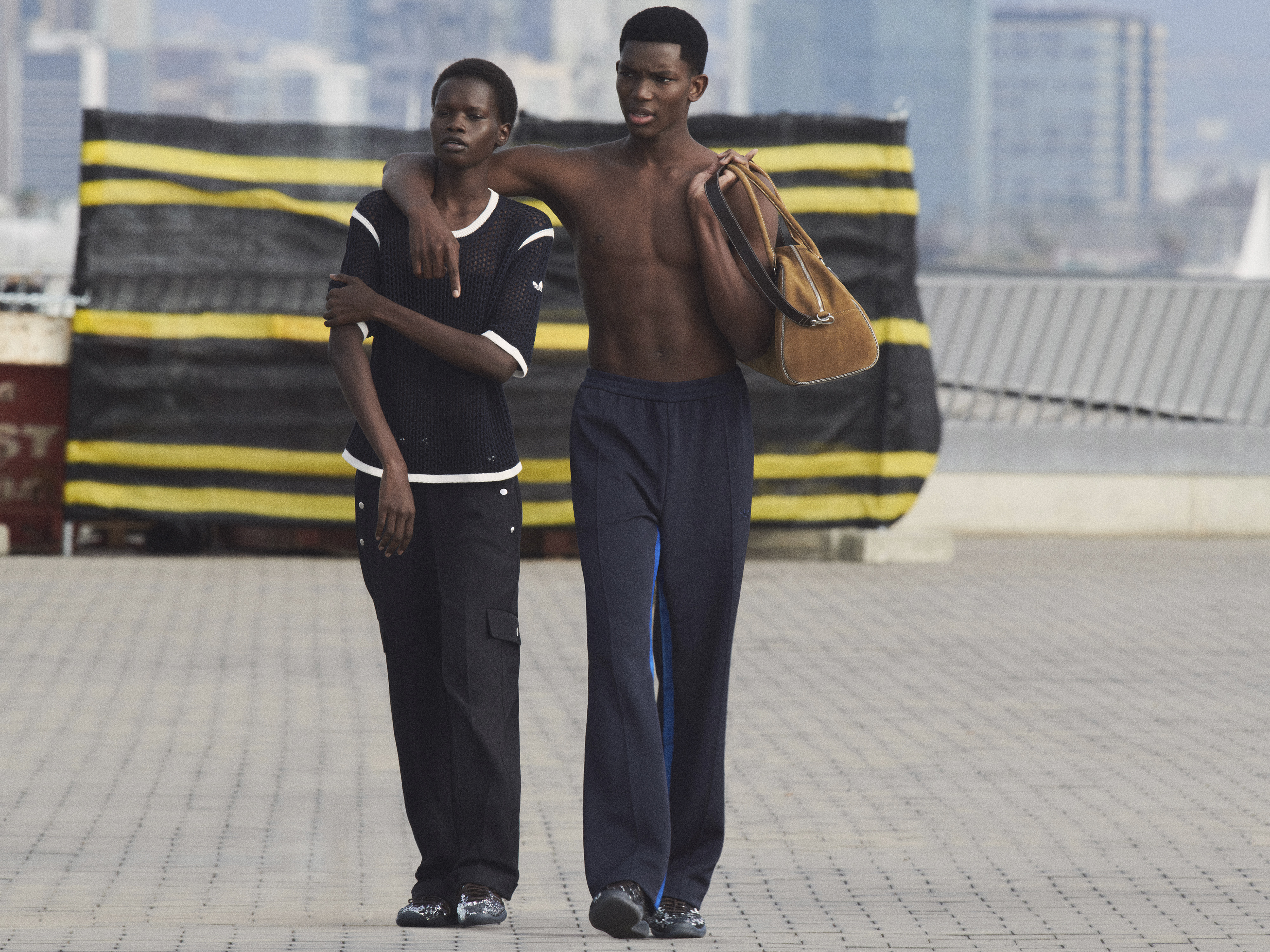Charles Jeffrey Loverboy Fall/Winter 2018

Still reeling from success and accolades, and amid the maddening frenzy of being touted as one of London’s brightest young things, Charles Jeffrey looked to his native Scotland for a moment of reflection. What he found was a sleeping volcano of residual anger that need to erupt with a raging energy; an implacable compulsion to scream and shout from the top of the glen.
This collection - 'Tantrum' - is imbued with heightened emotion and an exploration of pain. A vital part of Tantrum’s narrative centres on the myth of gay pride and confidence, with all its pecockery and aggressive flamboyance. Integral to it is Alan Downs’ ‘The Velvet Rage: Overcoming the Pain of Growing Up Gay in a Straight Man’s World’ (2005) which addresses the sense of invalidation around heteronormative societal pressures on gay men, which after three decades of post-Aids concentration on gay men’s physical health, turns inward to their mental wellbeing.
The loud, louche exterior becomes a shield to stand behind, and an existential quest for validation somacitises itself in hard-edged glamour and hardcore hedonism. The burden is literal, and the sense of swimming upstream is combined with a distinct Scottish stubbornness. Menacing silhouettes, loud and large, are akin to animalistic gestures to protect oneself from predators. The extremity — and the elegance — of Charles James’ and Christian Dior’s wasp-y couture reflect a gilded constriction, actively uncomfortable yet intrinsically uncompromising.
At its core, though, there’s a distinct Caledonian sensibility. Illustrative jerseys cling to the skin, evoking naked Pictish body adornment. Wallace tartans are combined with LOVERBOY’s own tartan; a transcendental bridge between ancient and contemporary. Kilts are reconfigured with a DIY rigour. Apotropaic iconography is utilised as energy-affirming totemic motifs, representing words such as ‘Truth’, ‘Love’, ‘Energy’, ‘Power’, ‘Male’ and ‘Female’. Everyday basics seen on the streets of Glasgow are imbued with more than a wee bit of flirtatious verve.
Jeffrey continues to propose new ideas around men's and women's silhouettes, showcasing an expanded Womenswear offer for Autumn / Winter '18. Gaelic priestesses and Macbethian witches are shrouded in mists of intense colour and demonic adornments.





